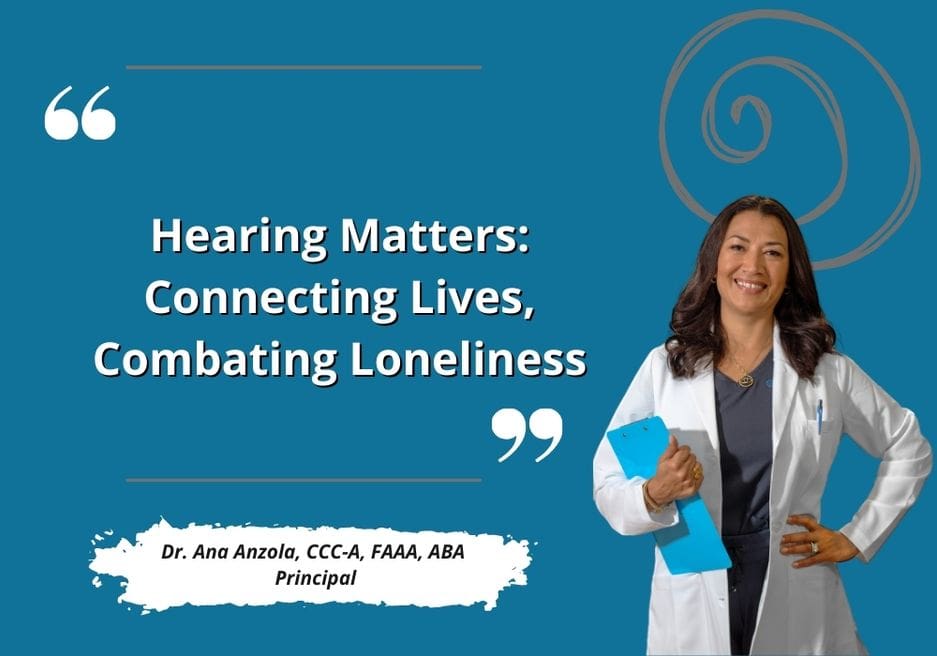Over 11 percent of the working population in the US has a hearing impairment, and almost 25 percent of them have hearing loss due to occupational exposure. Industries such as mining, construction and healthcare are some of the worst offenders when it comes to employees losing their hearing due to exposure at work.
What Causes Occupational Hearing Loss?
There are two main causes of occupational hearing loss:
- Exposure to noise reaching 85 dB or higher for long periods of time.
- Exposure to chemicals that can damage the ears or balance system. These chemicals are called “Ototoxic Chemicals,” and include:
- Organic solvents (e.g. styrene)
- Heavy metals (e.g. lead, mercury)
- Asphyxiants (e.g. carbon monoxide)
Occupational hearing loss usually develops slowly over time, though one loud incident with unprotected ears can cause the sudden onset of hearing loss.
Who’s At Most Risk?
The highest risk of hearing loss occurs in the construction industry – a trend that hasn’t changed for many years. Mining, healthcare and military service are also strongly associated with higher incidences of hearing loss. The high rates have remained steady in these industries over the past several years.
OSHA and Hearing Loss
The Occupational Safety & Hearing Administration (OSHA) is the government body that oversees how noise is managed in work environments, and they have set the legal noise limit in the workplace to remain below 85 dB for eight hours in an effort to minimize hearing loss amongst employees.
In environments where workers are exposed to loud noises as part of their job, the OSHA requires employers to:
- Measure noise levels and ensure that they remain within legal limits
- Provide free annual hearing exams and free hearing protection
- Train employees to use appropriate hearing protection
What Can Be Done?
There are things that can be done to reduce the incidence of noise-induced hearing loss at the workplace. These include:
- Equipment Changes: Modify or replace equipment to make it quieter, or make changes to the area around the equipment so the noise that reaches the workers’ ears is substantially lower than it is at the noise source.
- Reducing Exposure: Operating loud equipment when fewer people are on a shift, so less people are exposed to the noise, or limiting the amount of time one person works in a loud environment.
- Using Hearing Protection Devices (HPDs): Though reducing exposure to loud noise is the preferred option, when exposure to loud noise is inevitable, it is imperative that workers wear ear plugs or ear muffs to protect their hearing.
If you are exposed to loud noises at work, it is critical that you get your hearing tested at least once a year. Make sure you wear appropriate hearing protection at all times when you are around loud noise, and speak to your employer about ways in which you can better protect yourself and your co-workers from occupational hearing loss.




